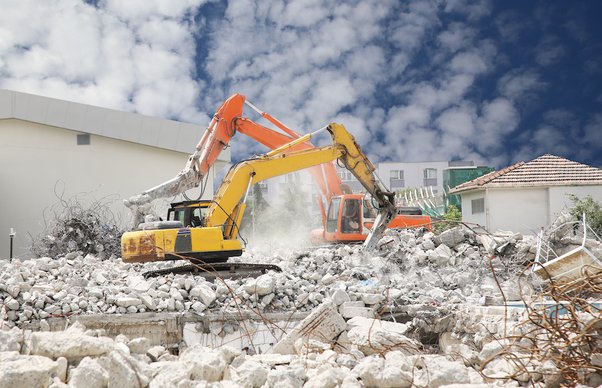
Demolition, the process of tearing down structures, is a fascinating and essential aspect of the construction industry. It involves the careful planning and execution of dismantling buildings and infrastructure to make way for new developments. Demolition not only involves physical destruction but also requires strategic thinking, safety measures, and environmental considerations. In this blog, we will explore the world of demolition, its methods, significance, and the impact it has on our urban landscapes.
The Importance of Demolition:
Demolition in Benteligh plays a crucial role in urban development and revitalization. It enables the removal of outdated and unsafe structures, allowing for the construction of modern, functional buildings. Whether it’s demolishing an old factory to make way for a residential complex or tearing down a bridge to create space for a new transportation system, demolition creates opportunities for progress and growth.
Methods and Techniques:
Demolition techniques vary depending on the type and size of the structure being demolished. Some common methods include implosion, high-reach excavators, selective dismantling, and deconstruction. Implosion, often seen in movies, involves strategically placing explosives to bring down a building in a controlled manner. High-reach excavators, on the other hand, use long arms with attachments to carefully demolish structures from the top down. Selective dismantling focuses on salvaging valuable materials and components for reuse, while deconstruction involves a systematic disassembly process to maximize resource recovery.
Safety First:
Safety is paramount in demolition projects. Demolition teams undergo rigorous training and follow strict protocols to protect workers, the public, and the surrounding environment. Prior to any demolition work, a thorough site assessment is conducted to identify potential hazards, such as asbestos or unstable structures. Safety measures include the use of personal protective equipment (PPE), ensuring structural stability during the demolition process, and implementing measures to control dust, noise, and vibrations.
Environmental Considerations:
In recent years, there has been a growing emphasis on sustainable demolition practices. Environmental regulations and public awareness have driven the industry to prioritize recycling and waste management. Demolition contractors now strive to minimize the amount of waste sent to landfills by sorting and recycling materials like concrete, metal, and wood. Salvaging valuable components not only reduces environmental impact but also contributes to resource conservation.
The Future of Demolition:
Advancements in technology are shaping the future of the demolition industry. Robotic systems and remote-controlled machinery are becoming increasingly common, allowing for safer and more precise demolitions in Bentleigh East. These technologies reduce the risk to workers and enable the dismantling of structures in tight or hazardous spaces. Additionally, innovative methods for capturing and repurposing construction debris are being explored, further enhancing sustainability in demolition practices.
Conclusion
Demolition, often seen as the act of destruction, is more than just bringing down structures. It is a carefully planned and executed process that clears the path for progress and development. With safety measures, environmental considerations, and advancements in technology, the demolition industry is evolving to become more efficient, sustainable, and environmentally friendly. As cities grow and change, demolition will continue to play a vital role in shaping our urban landscapes, making way for new structures that meet the needs of our ever-evolving society.